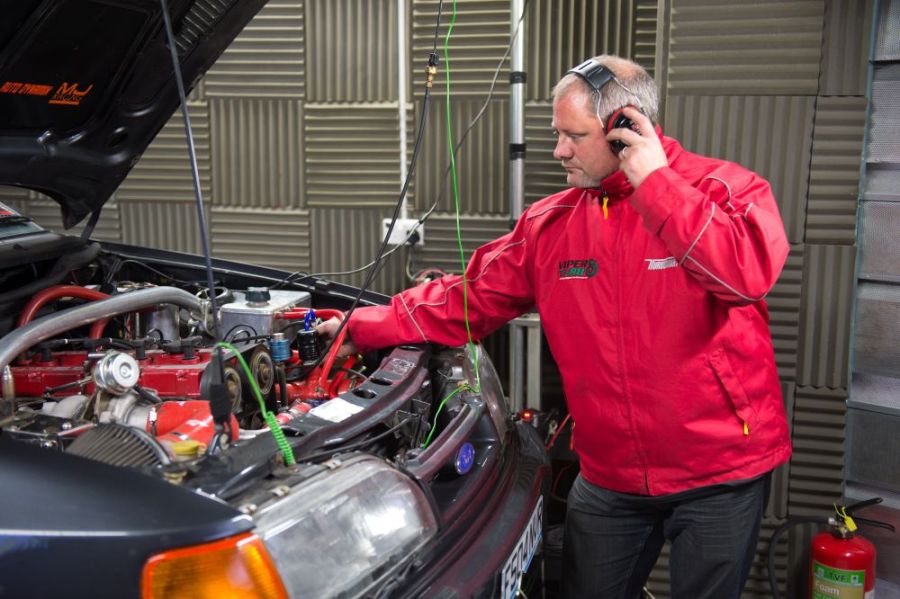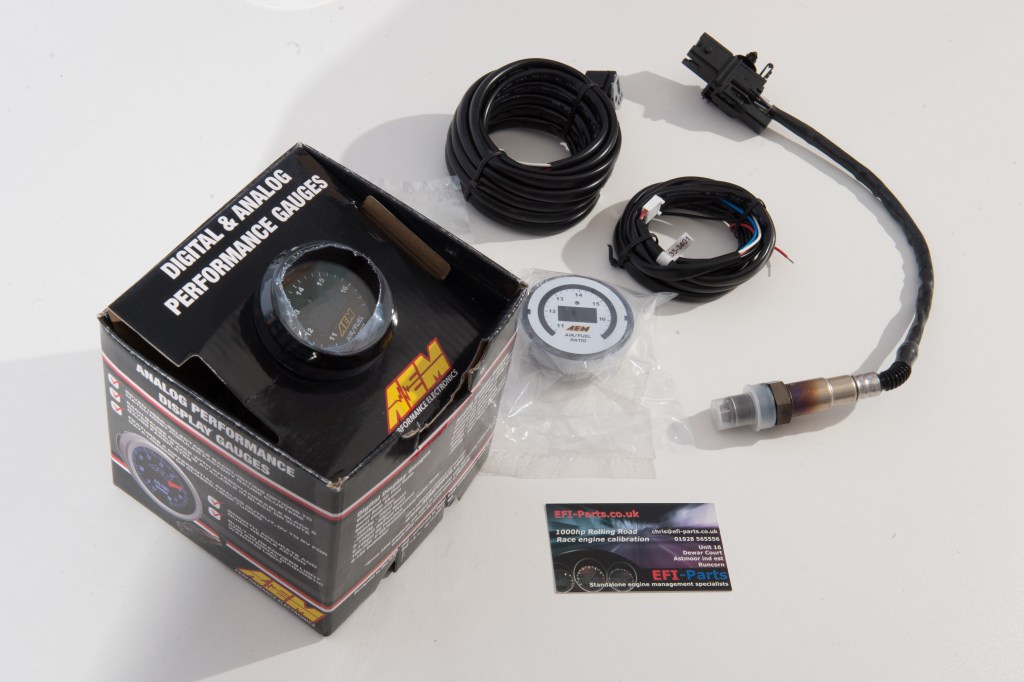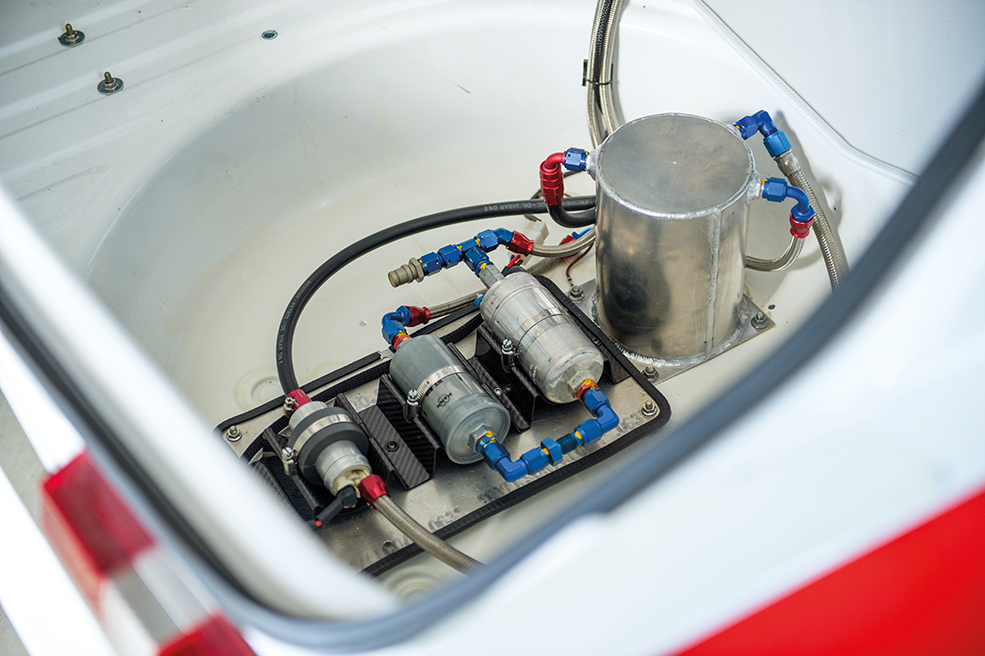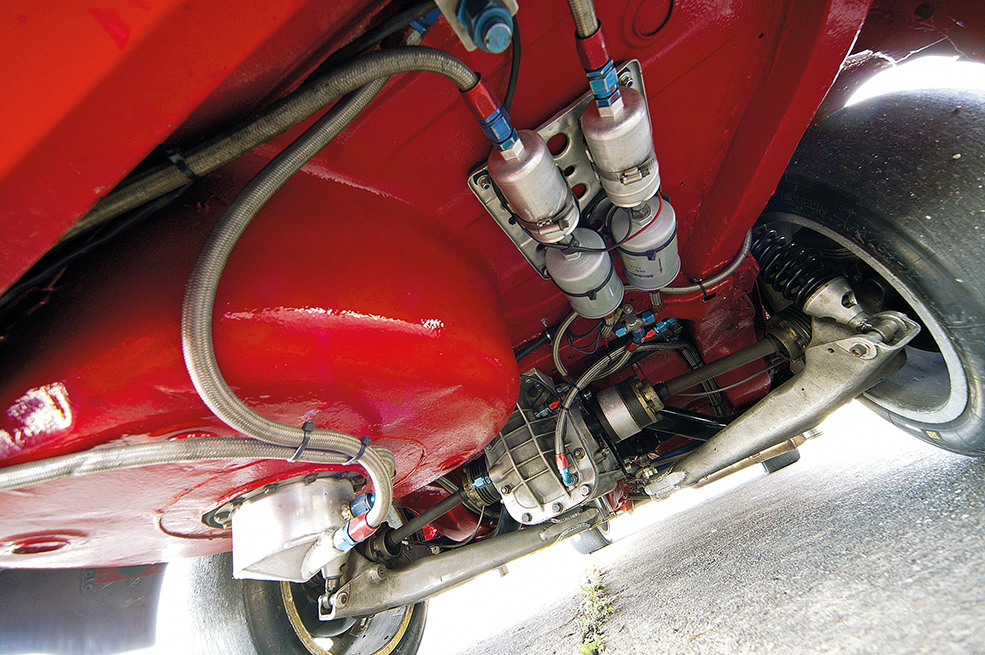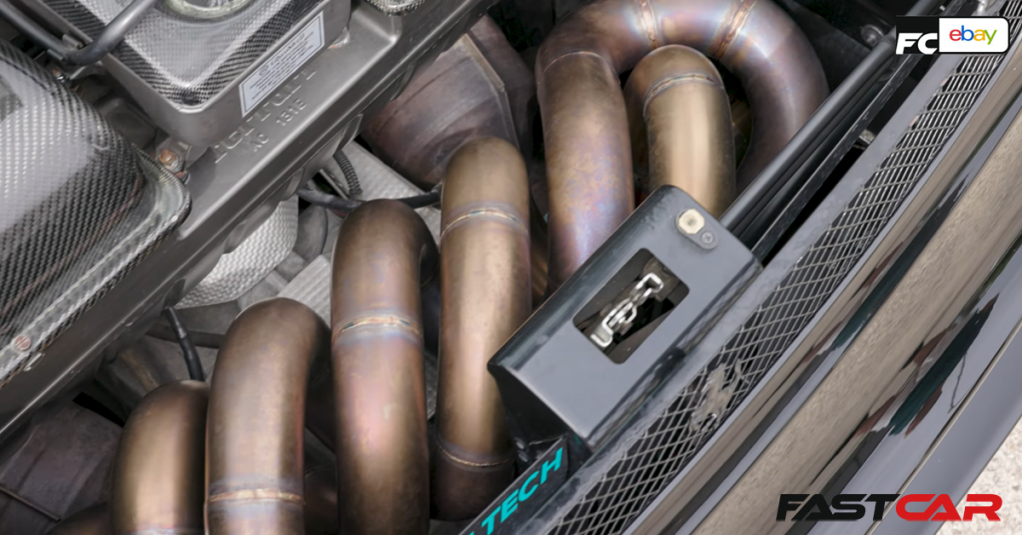When tuning your engine for maximum power, you should always keep a close eye on the air fuel ratio. Here’s why…
If you haven’t already read our Air Fuel Ratio Guide: What are AFRs?, then do so now. This will bring you up to speed with the basics of air fuel ratios before we start to look at their effect when it comes to tuning for maximum power.
As we’ve mentioned in the previous article, the optimum mixture for petrol engines is 14.7:1. This is known as the stoichiometric mixture or Lambda 1.0. It is perfect amount of air required for the complete combustion of the fuel – 14.7 parts of air for every 1 part of fuel.
However, that doesn’t mean a car should always run at that. For optimum fuel economy AFRs of around 16:1 or 17:1 are usually best. Any leaner , though, and the car will begin to misfire.
Maximum power is usually found between 12:1 and 14:1 air-to-fuel ratio. However, on many engines, this may still be considered too lean to be safe. At full power, air fuel ratios from 10.5:1 to 12.5:1 are generally considered best for maximum reliability. Richer mixtures than around 10.5:1 and you start to get noticeable black smoke from the exhaust. You can also run into all sorts of other issues, including bore wash where excess fuel passes the piston rings and dilutes the oil.
How does tuning for maximum power affect AFRs?
Tuning complicates things further. Varying compression ratios, camshaft profiles, boost pressures, and so on all affect the ideal air-fuel ratio needed at any one point. The importance of having your car remapped as tuning components are added is indicated by this. To get a good overall car, you need to have a mixture of these AFRs. This should depend on how the car is being driven at any moment in time. When cruising at part-throttle, you want a leaner mixture for better economy. But when accelerating hard you want a richer mixture to prevent any chance of detonation. Thankfully, that’s what modern fuel injection can supply you, provided the car has been mapped properly.
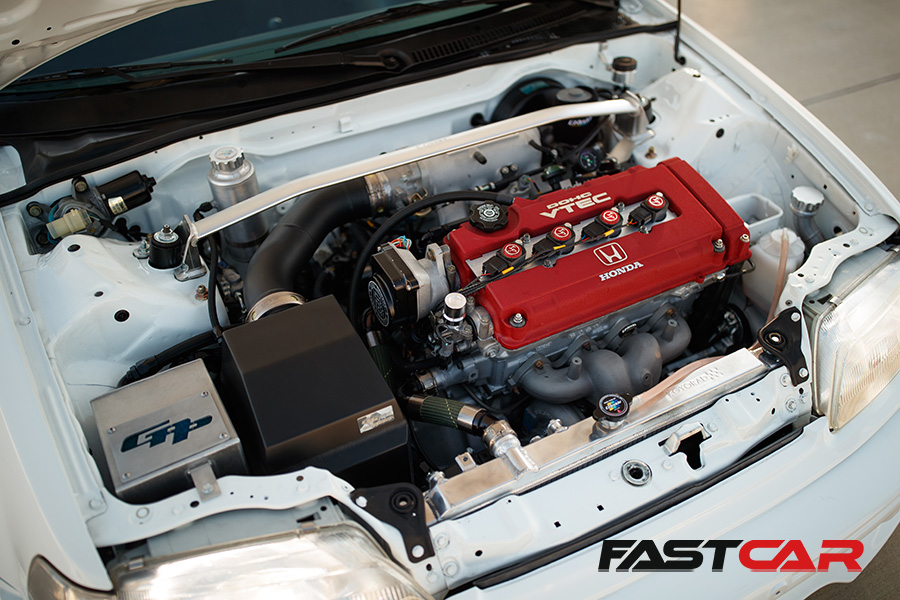
How do I tell if my air fuel ratio is safe?
The best way of knowing your AFR is safe is to go to a trusted and reliable tuner to get your tuning work done. What is safe on one engine isn’t necessarily on another. Enlisting the help of an expert to make sure things are safe is the most important thing here. It’s worth getting things checked every six months or so to make sure everything is still how it should be.
If you’re convinced you need an AFR meter, make sure it’s a wide band setup. A narrow band only tells whether it’s at 14.7:1, leaner than it, or richer than it. Considering in performance terms that even 14.7:1 is too lean for maximum safe performance, a narrow band sensor is useless.
My air fuel ratio is fine, does that mean my engine won’t blow up?
Truth be told, you can never be totally sure an engine won’t die. As long as your ignition timing isn’t wildly wrong and the motor is in good general health, having a safe AFR is the key to longevity.
Other issues; oil, cooling, and general strength of components can always destroy an engine. But the number one killer, especially among tuned turbo engines, is detonation due to incorrect air fuel ratios.
What will cause my air fuel ratio to change?
Electronics fail on cars from time to time, that’s just a fact of car ownership. However, sometimes a sensor failure can have catastrophic effects on your engine. There are various sensors that affect fuelling. But, the air flow, air pressure, and temperature sensors are the most likely to drastically affect your fuelling. Failing in a manner that makes the car run rich means you should notice but no damage will be done. Failing and making the car run lean can end in disaster.
There is little you can do to stop this happening aside from sorting out any running issues the minute you notice them. However, getting your AFR checked every six months could indicate early signs of a problem. Changing sensors for upgraded versions, especially things like airflow and pressure sensors, will also cause lean running problems if the car hasn’t been remapped to suit.
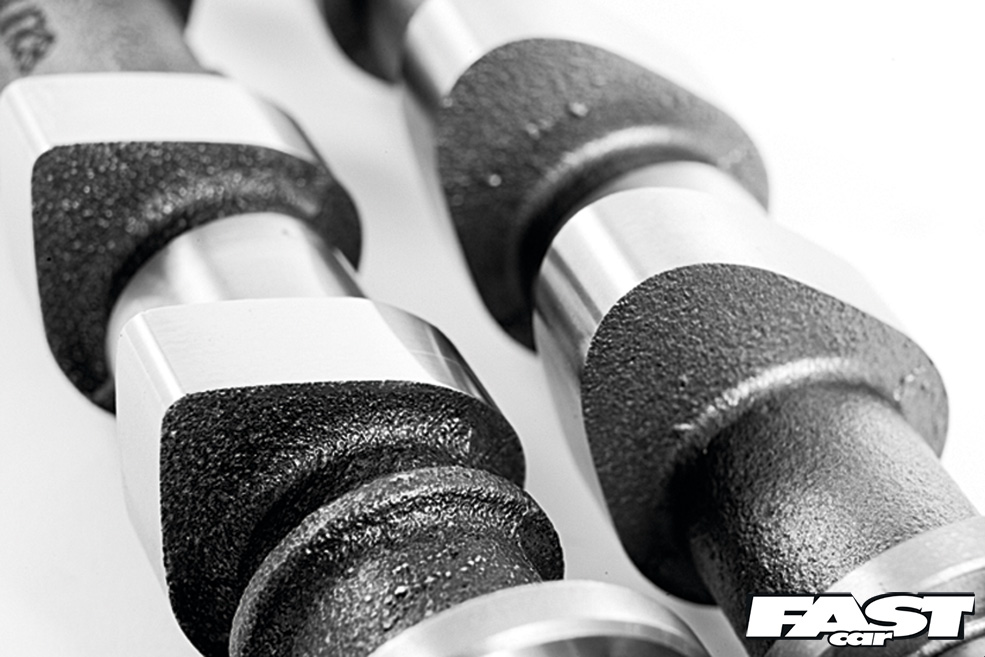
Camshaft changes
Changing to higher lift and longer duration cams lets your engine breathe more easily. This often means big fuelling changes are needed not only to keep the engine safe, but to extract maximum performance from the cam. At high rpm, where the improved breathing gives noticeable power improvements, extra fuel is usually needed to prevent the car from running lean. But at low rpm, especially around idle, a richer mixture is often needed to keep drivability. Longer duration cams mean more fuel is wasted out of the exhaust at low rpm.
Fuel system problems
All components have their limits of capability, and when tuning engines you often hit the limit of the fuel system. When tuning for maximum power, it’s easy to exceed the limits your fuel injectors, fuel pump, and even fuel lines and filter can cope with. Beyond their maximum flow rates, your engine will run lean and eventually fail.
Another big factor with fuel systems is age, as they gradually become clogged up with dirt. Fuel pump wiring can also deteriorate, all of which will reduce flow. The final point worth mentioning is the vacuum pipe to the fuel pressure regulator, especially on turbo and supercharged engines. The engine will run incredibly lean on boost and sometimes won’t survive a single full throttle run if this pipe is split or removed.
Fuel system changes
Big problems can be caused by fitting improved fuel system parts on most cars tuned beyond the basic Stage 1 parts, without the car being set up to suit. Installing bigger injectors without a suitable remap can cause the engine to massively over-fuel, which, while not causing instant death, isn’t good for economy or performance.
An upgraded fuel pressure regulator will almost certainly not be set for your correct pressure. This makes it a potentially very dangerous upgrade, unless you set it up correctly. While too much pressure is not a killer, too little equals lean running and a dead engine. Because of this, a fuel pressure gauge is a vital tool when replacing the regulator.
Exhaust changes
You may consider an exhaust to be a minor upgrade, but if it gives significantly more flow and performance, the car will need more fuel to stop the engine running dangerously lean. Some engines automatically compensate to some extent when making changes like this. But many cars, especially turbocharged ones, can run dangerously lean from a simple full exhaust system swap. This therefore would need a matching ECU remap to suit.
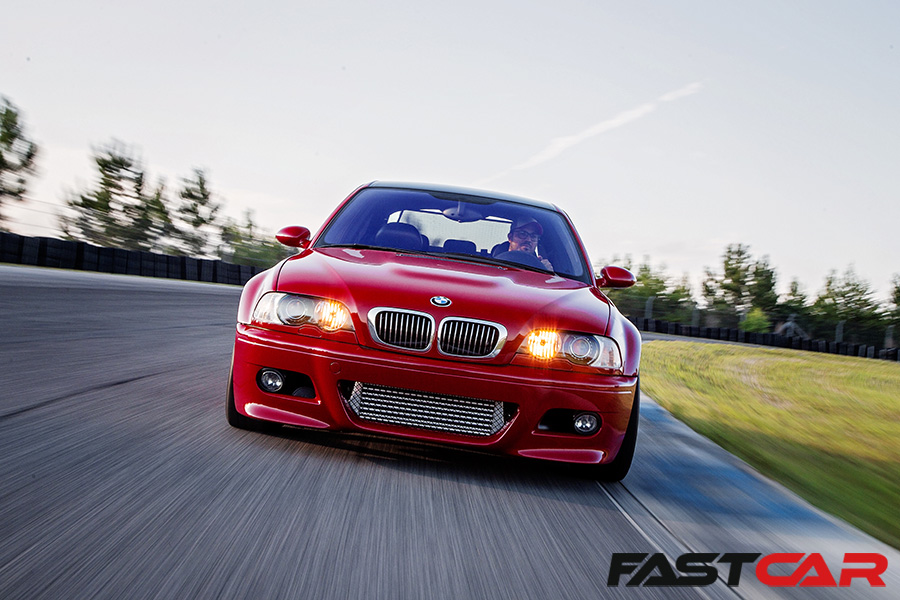
Improved intercooler
Cooler air may decrease the chances of detonation, but it’s also much denser and therefore feeds the engine with more oxygen. As a result, the engine would require more fuel not to run lean. Just like the exhaust, some cars will compensate for this and cause no problems, but some cars need a remap to compensate for the intercooler.
Bigger turbo
Even if your boost pressure is exactly the same, if you fit a larger turbo, you will be feeding your engine with a lot more air. Therefore, it can just as easily run lean and die as it would with a boost increase. The reason for this is a larger turbo not only gives cooler, denser air, but also lets a lot more air out the exhaust, which in turn lets more air in the cylinders. Without the extra fuel to compensate, yes, you guessed it, it will run lean, detonate, and the engine will fail.
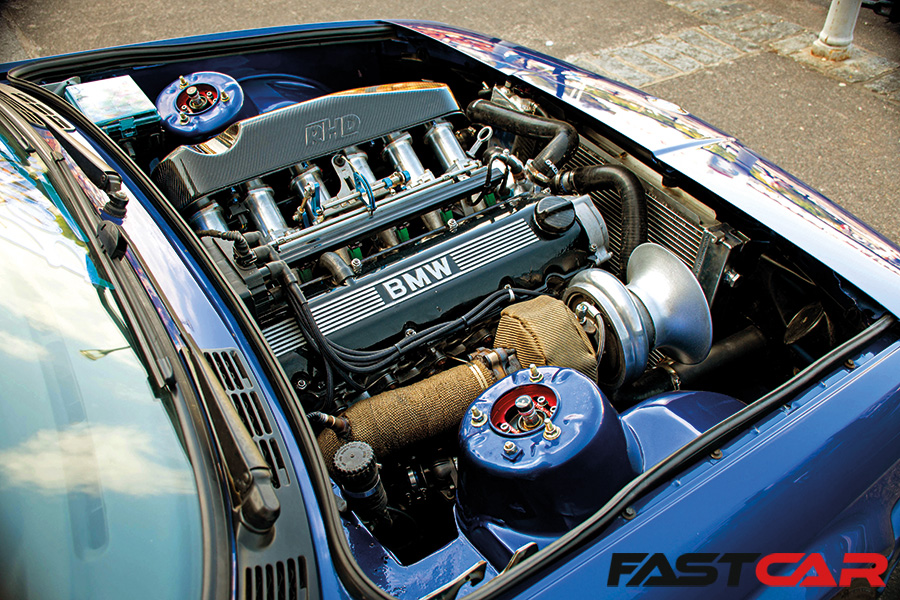
Boost pressure increase
This is the biggest cause of lean air/fuel ratios, and why many turbo cars have undeserved reputations for blowing head gaskets and melting pistons. Boost increases improve power and torque due to the subsequent large airflow increases, but without the corresponding increase in fuel the car will run dangerously lean and detonate. It’s not just the increased airflow that causes problems either, more boost pressure means higher air temperatures. With higher temps come an increase in the chances of detonation, making it a double edged sword.
Alternative fuels and air fuel ratio
Detonation is the main reason to worry about your air fuel ratio, but that is because normal pump fuels aren’t very resistant to it. While super unleaded is widely available at most pumps, its octane rating of 97-99 RON is fairly low, and a big part of the reason we have to run so rich, especially on turbo cars, to keep things safe.
Race fuel
Race fuel is expensive and generally not available in your local petrol station. Therefore, track-only cars are the main users of race fuels. It would need a remap to get the most out of it if you put it in your vehicle. It can be incredibly high octane (120+ RON quite often) and therefore very detonation resistant even with leaner mixtures, but you’d have to be rich to run your road car on it!
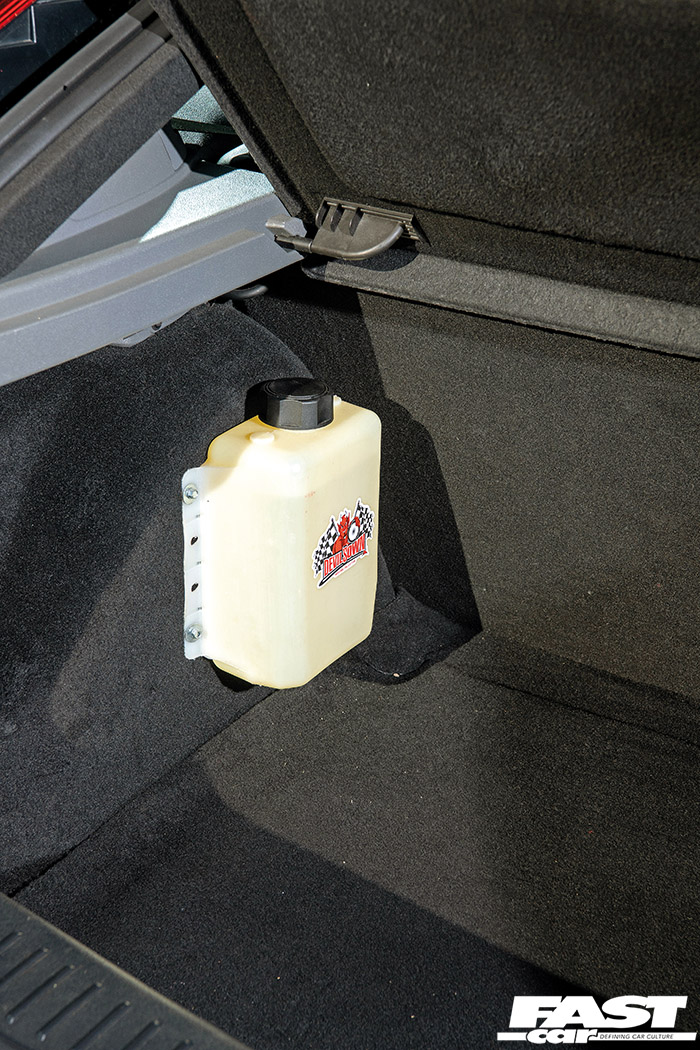
Methanol fuel
Only really viable for full race cars due to it’s highly toxic, corrosive and flammable nature. You will also need about four times the amount of fuel than you need running normal petrol. It’s popular for full drag cars as it’s incredibly detonation resistant, very cold, often negating the need for an intercooler, and contains a lot of oxygen itself, further increasing power.
E85 fuel
While mostly advertised as a cheap and environmentally friendly fuel, the main attraction of it to performance tuning fans is it’s around 106 RON, and therefore very detonation resistant. Similar to methanol, it needs extra fuel to run at peak performance, but at much more road-friendly levels, and is the performance fuel of choice.
LPG fuel
LPG has performance potential, despite it’s main selling point between affordability. It is incredibly resistant to detonation, making it suitable for use in a system optimized for power..
Air fuel ratio in diesel engines
Diesel air fuel ratio issues are almost backwards to petrol, and it’s actually overly rich mixtures that cause problems. Lean is good for the health of a diesel engine, if not for the amount of power it produces. A diesel engine runs incredibly lean compared to a petrol engine regardless. Richer mixtures are actually the things that increase heat in the engine and lead to components failing.
Detonation is much less of an issue with diesels. In fact, the clattery noise in diesels is closely related to this. But, it isn’t damaging, apart from in certain situations where it’s incredibly severe, and unfortunately this is usually related, just like on petrol engines, to major tuning errors!

